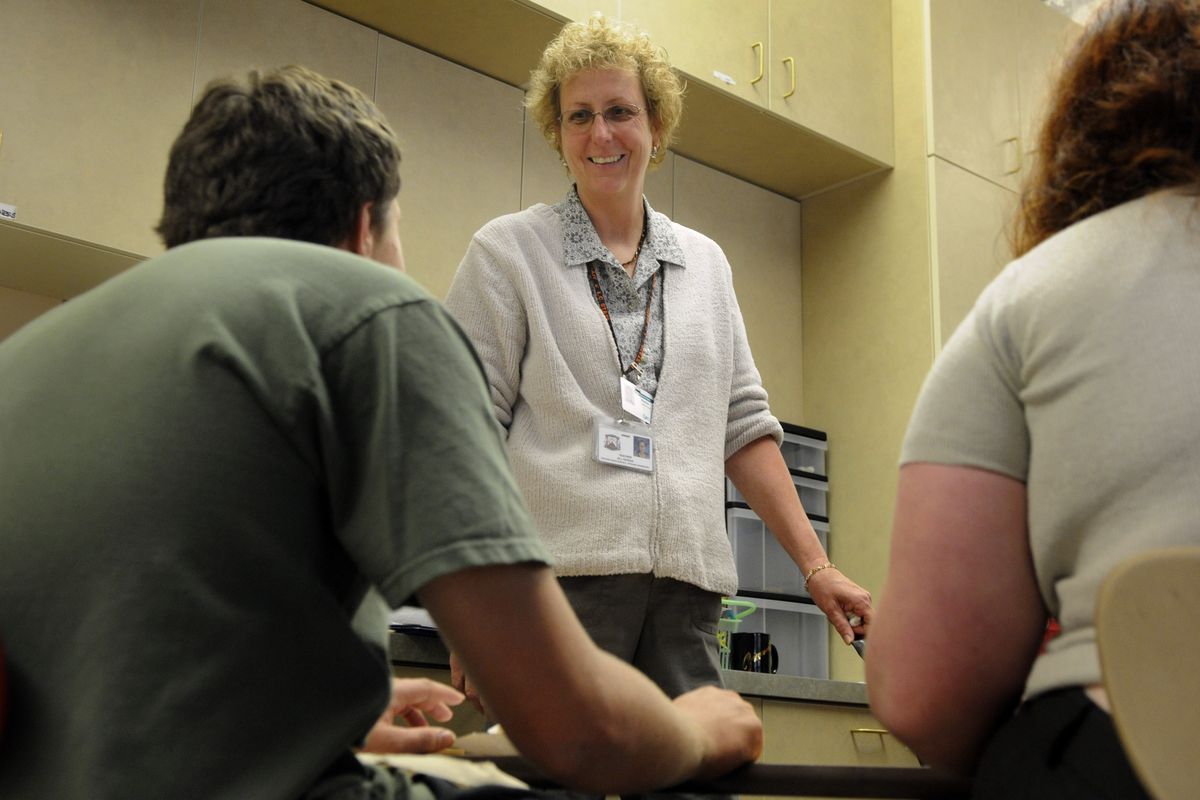Special education squeezes district
More students with more needs enrolling in Spokane schools

Spokane Public Schools is serving more special-education students than ever this year – nearly 500 more than the state will pay for, putting a strain on the financially struggling district.
Officials at the district, which is the state’s second-largest, say families with high-needs children are moving to Spokane from smaller communities, and sometimes from Western Washington, because it’s a hub for services and opportunities but avoids many problems of major metropolitan areas.
“We have the largest medical facility between here and Minneapolis,” said Mike Ainsworth, executive director of the district’s special-education program. “The social services are here, entry-level jobs are here.”
The state caps funding for the number of special-education students at 12.7 percent of a district’s student population. Spokane Public Schools enrolls more than 28,000 students, so funding is capped at about 3,500 special-education students.
Currently, the district’s special-ed enrollment has exceeded that number by nearly 500, and it’s continuing to grow, school officials said. Nearly 100 additional students have enrolled since the school year began.
To pay for those students, the district has to dig deeper into its pockets – coming up with $2.2 million, school officials said.
“But it’s not just the numbers,” Ainsworth said. “It’s the needs that those children bring with them that really impact the school district. We are getting a lot of kids moving into the district with lots and lots of needs.”
Spokane Public Schools has 1,184 slots for kids who need more intensive care and services than a typical special-ed student. “As of today, 916 of those slots are filled, or more than 77 percent,” Ainsworth said. “Usually right now that would be about 50 percent.”
Districts receive $9,639 per special-education student compared with $4,992 for those in general education. But officials say that figure doesn’t cover the true cost of educating special-needs students.
Special-ed enrollment in the Central Valley School District is up slightly, although the district hasn’t exceeded the state-funded cap, said Jacque Johnson, director of special services. So far, there are 27 more students this year than last year.
“We’ve had more move into the district than move out,” Johnson said. “Last year, was the first year we didn’t have a decrease.”
The Coeur d’Alene School District has remained stable for several years, with between 940 and 970 special-education students annually, officials said.
Spokane school officials are frustrated with funding for special education.
“When the state has placed the cap on funding, it puts the responsibility back on the district,” Ainsworth said. “The district is involved with a lawsuit regarding funding for that very reason.”
Several school districts are suing the state to fund special-education mandates. The case is expected to be heard by the Washington Supreme Court early next year.
“The federal government has also fallen short,” Ainsworth said. Tacoma and Seattle school districts are right at or slightly over the state funding level, based on data from Office of the Superintendent of Public Instruction.